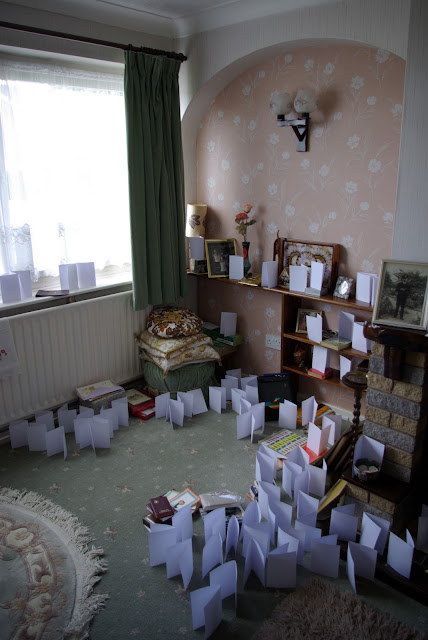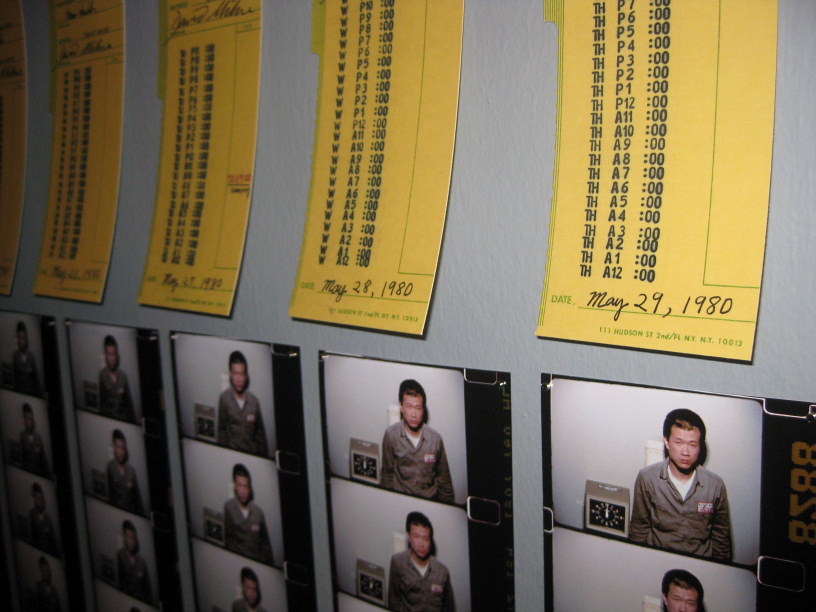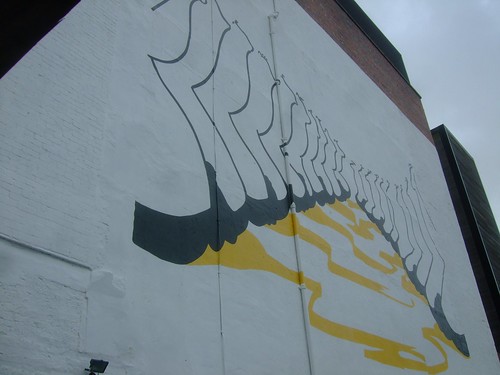
I'm not sure if my opinions of biennials as whole are as well rounded as they should be. Mainly because of the fact that the only biennial i have witnessed has been the recent 2010 Liverpool biennial. I'm not really able to make compassion's and judge on any other terms than what this particular event in the Liverpudlian calendar has impressed upon me.
when the biennial was first opened i was a little intimidated. i was anxious that there was so much going on, so much to experience and the idea of missing something was pretty worrying. the website didn't really help, it was so vast with so many links and different branches with all the different information. i very nearly concocted a calendar of all the different events, what times and where so i wouldn't miss anything. but honestly as i made my way back into the routine of university, and other normality's the issue of biennial obligations faded away.
i think in my naivety i was expecting something more, a more obvious change to the city center to alert me to the fact that there was a biennial going on, god knows what i was expecting - probably something more than the packaged gallery based exhibitions. i think i wanted something more public, more Carnivalesque. although to be honest there were some pretty big alterations to buildings and installations. the rapid building and Do Ho Suh's wedged house in the least. the advertising just seemed a little bit too static, and i suppose half the problem is when you do live in Liverpool after the first few times seeing something in your everyday environment i started to take it all for granted and stopped noticing anything anymore.
I personally haven't seen as much of the biennial as i would have liked to - I'm disappointed in myself for not really getting out there and seeing it all, but i think you need to feel like a tourist, and get all the excitement for it all which, when you live in the city and have other things to think of i was sometimes lacking. there were certain things i missed out on, and certain things we went to that didn't really seem all that impressive - mainly the long night, which I'm assuming was more of a nice afternoon; when we arrived at 8ish there wasn't much still doing. although a cheaper trip up the radio tower was good fun, albeit not really overly artistic.
i think on the whole for me the biennial was a positive thing to have happened. it was by no means detrimental, i possibly on some accounts haven't gained as much from it as i could, and in the end its my fault really. but on the other hand Ive certainly learned a lot from it, and its sparked some valuable and interesting experiences. and i think next time ill take the time to be a tourist for the day and experience it the way it is in my opinion really supposed to be. with a tourists curiosity and untainted view of it all.
















